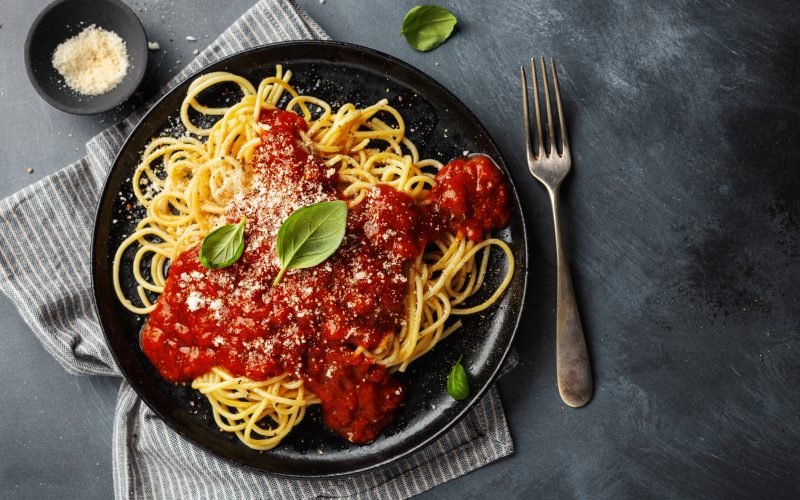Pasta is a versatile dish that you can enjoy in countless ways. The different types of pasta sauce are just as important as the pasta itself.
The sauce is one of the most important elements of a delicious pasta meal.
One of the ways you can enjoy pasta is by having a delicious sauce.
This article will explore the different types of pasta sauces and how they can enhance your meal.
It is well-known that various pasta sauces come from different parts of Italy.
Known for its meaty sauces due to its chilly climate, mountainous landscape, and love for gamey meats is Northern Italy.
In contrast, the warm temperature of southern Italy helps produce tomatoes, eggplants, and olives thrive in profusion.
Due to its coastal location, seafood is preferred in southern Italy, where pepper usage is more common than in the north.
Other than being regional, different types of pasta sauces are commonly found in Italian cuisine.
Below are some of the different types of pasta sauce we have.
1. Bolognese Sauce

Spaghetti bolognese, or spag bol as it is known in some circles, is a popular dish made with bolognese sauce. It is first on our list of different types of pasta sauce.
Meanwhile, some assert that Ragù Alla Bolognese served over large tagliatelle noodles is the meal that most closely resembles the one you’ll find in Italy.
Any sauce produced by cooking meat for a long time at low heat is known as ragù.
While there are many kinds of ragus in Italy, Ragù Alla Bolognese is unquestionably the most well-known.
However, some assert that spaghetti bolognese, also known as spaghetti al ragù, is an actual Italian dish that has been around for at least five centuries.
2. Cacio e Pepe
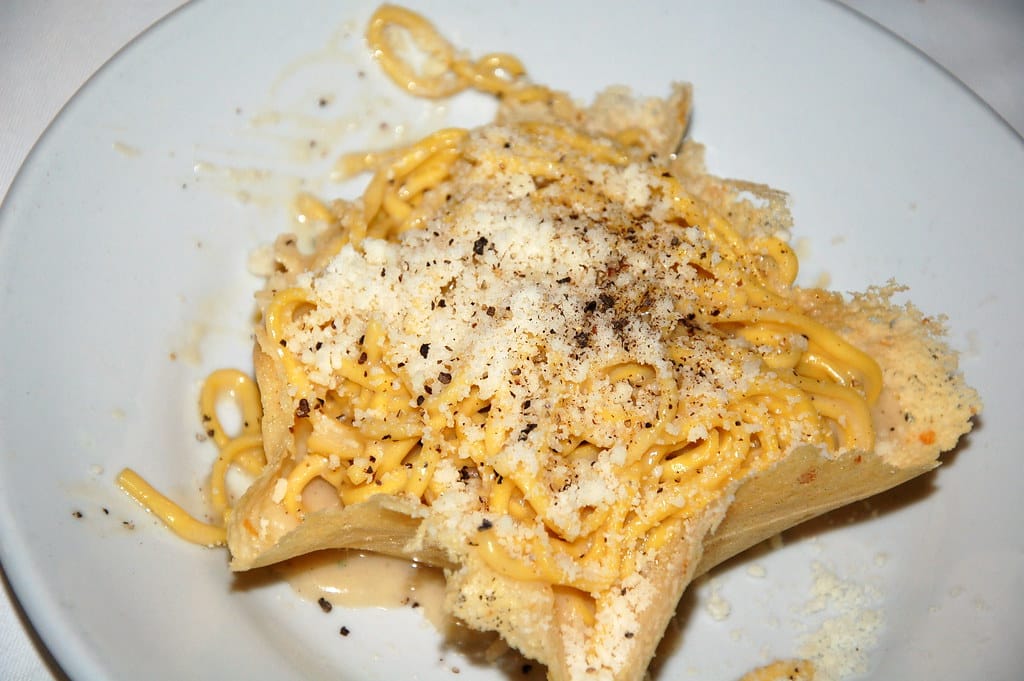
One of Rome’s four cardinal pasta dishes is cacio e pepe (cheese and pepper).
The sauce’s ingredient list is incredibly simple, but achieving its smooth, creamy texture requires practice.
For this dish to be regarded as authentic, it has to be prepared with black pepper and Pecorino Romano to be regarded as authentic.
Lengthy pasta shapes like spaghetti or tonnarelli are typically used because they are simpler to coat in sauce.
But the addition of pasta water is the key to the creamy texture.
Reserve some of the pasta water after draining the cooked pasta so you can add it to the pan with the cheese.
The meal is perfected by adding this starchy water slowly and precisely.
Cacio e pepe embodies the best of Italian cooking: straightforward, high-quality ingredients and skillful preparation.
3. Marinara Sauce

Marinara Sauce is next on our list of the different types of pasta sauce.
This sauce likely comes to mind when you think about pasta sauce.
Basil, oregano, and garlic are among the traditional Italian flavors included in tomato-based marinara sauce.
It’s a sauce that you may use for various dishes, including lasagna, chicken parmesan, meatballs, and even just dunking mozzarella sticks.
Although it can be difficult, making marinara sauce from scratch is satisfying.
4. Pesto alla Genovese
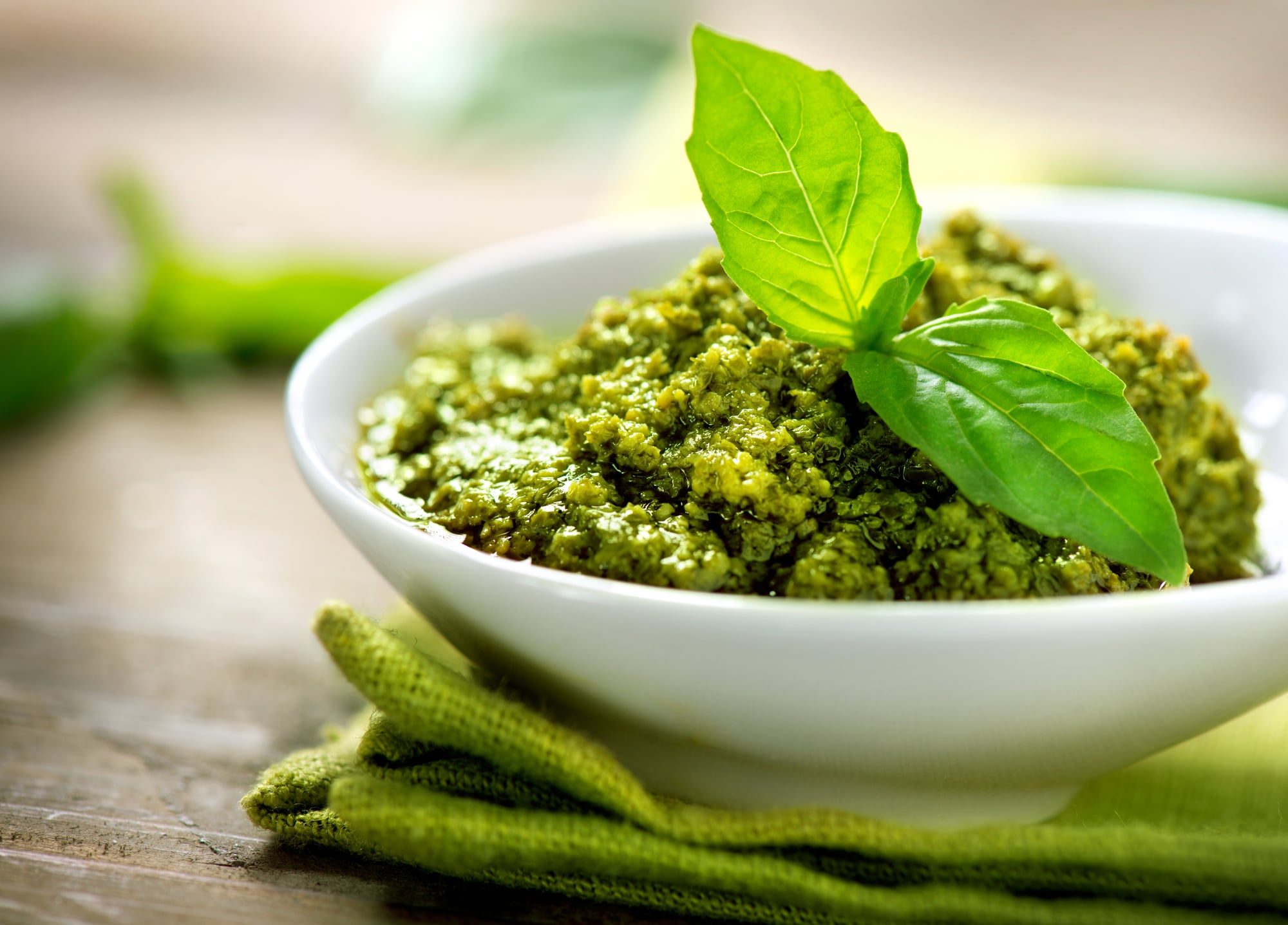
A signature basil base makes pesto a great, nutritious pasta sauce.
You combine pine nuts, some herbs and spices, a little olive oil, a lot of cheese (often Parmigiano-Reggiano), and pine nuts.
Since Pesto alla Genovese is such a light sauce, you don’t need to simmer it separately; instead, you may swirl it into cooked pasta.
Basil gives pesto sauce its signature green hue. When you have all the necessary components, you can easily prepare pesto, a tasty alternative to ragus and marinara, when you’re sick of those two tomato sauces.
5. Alfredo Sauce
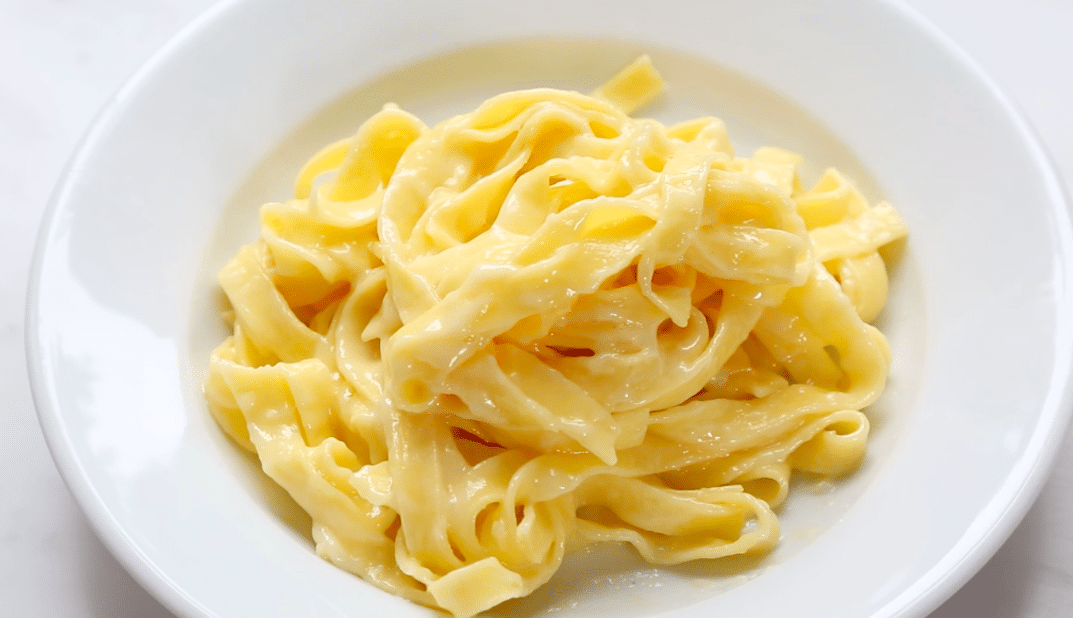
Alfredo sauce is next on our list of different types of pasta sauces.
You might be shocked to learn that the original Alfredo sauce didn’t resemble the cheesy, creamy mix we know it to be today.
Surprisingly, the original Alfredo sauce contained no milk, flour, herbs, or even garlic!
Rich triple cream butter and cheese, taken from the center of a Parmigiano Reggiano wheel, were the only ingredients that gave the sauce any flavor.
It is really rich and wonderful to eat Alfredo sauce. Butter, cream, and a little cheese are the base of Alfredo sauce.
Although it might seem that making homemade Alfredo would take all day, it takes around 20 minutes.
Alfredo sauce, served with chicken and fettuccine, is just the beginning. Pasta roasted in the oven, appetizers, and more can all use it.
6. Carbonara Sauce
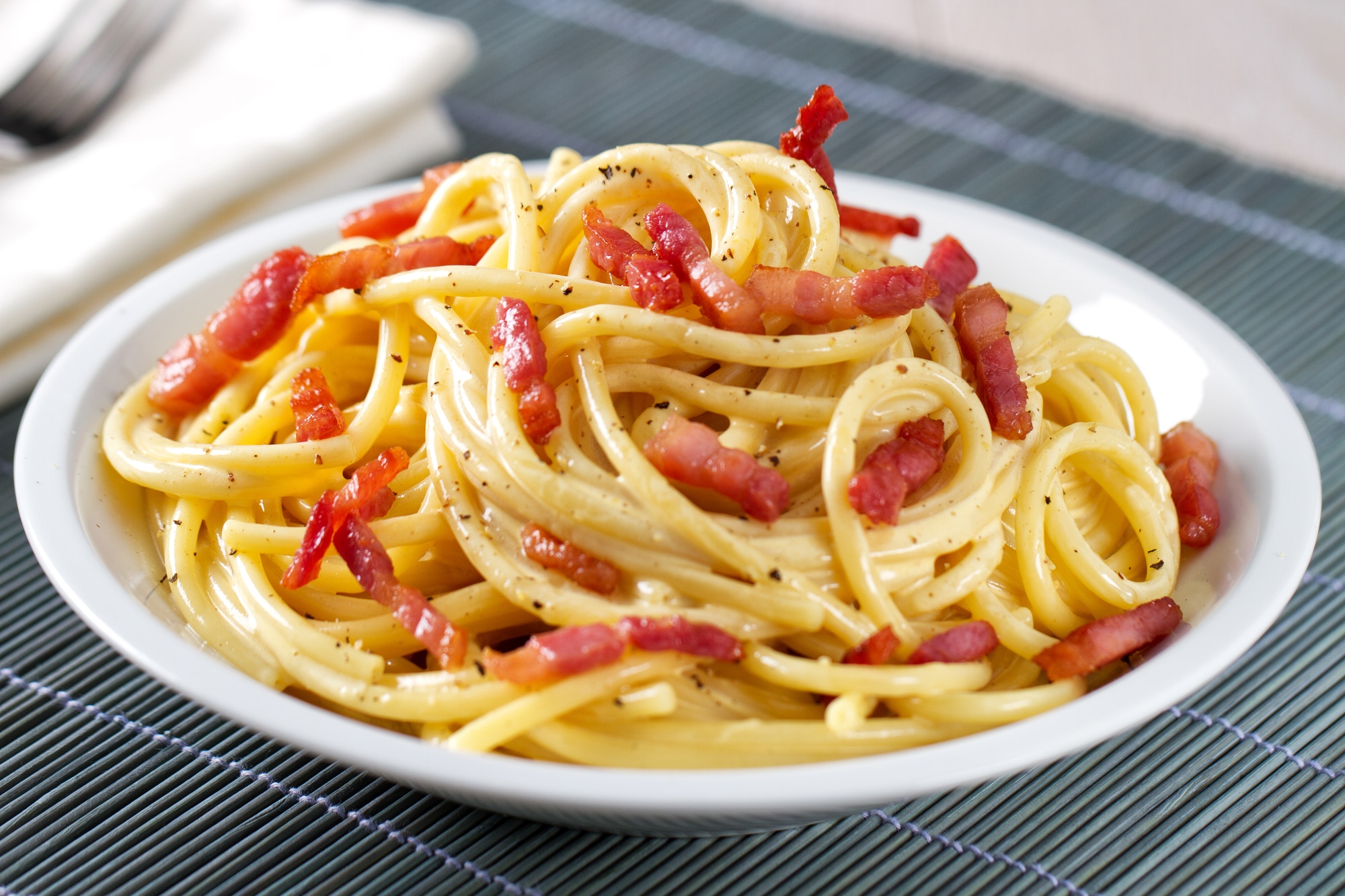
The cream used in carbonara pasta recipes is made outside of Italy.
The egg yolks provide the silky texture of the sauce in a genuine carbonara recipe rather than cream or milk; it is vital to remember.
Additionally, this is how the noodles get their distinctive golden color.
Black pepper, Pecorino Romano cheese, and Guanciale (cured pork jowl) are the only extra ingredients in the sauce.
You can substitute Guanciale in carbonara recipes with pancetta (cured pig belly) or even bacon, but for authenticity, always use Guanciale.
Ultimately, the traditional sauce’s flavor comes from the rendered pork fat.
The starchy cooking water obtained after straining the pasta is used in a genuine carbonara, much like in cacio e pepe.
Remember that perfecting the texture is the hardest and most important component of making creamy sauces!
7. Vodka Sauce
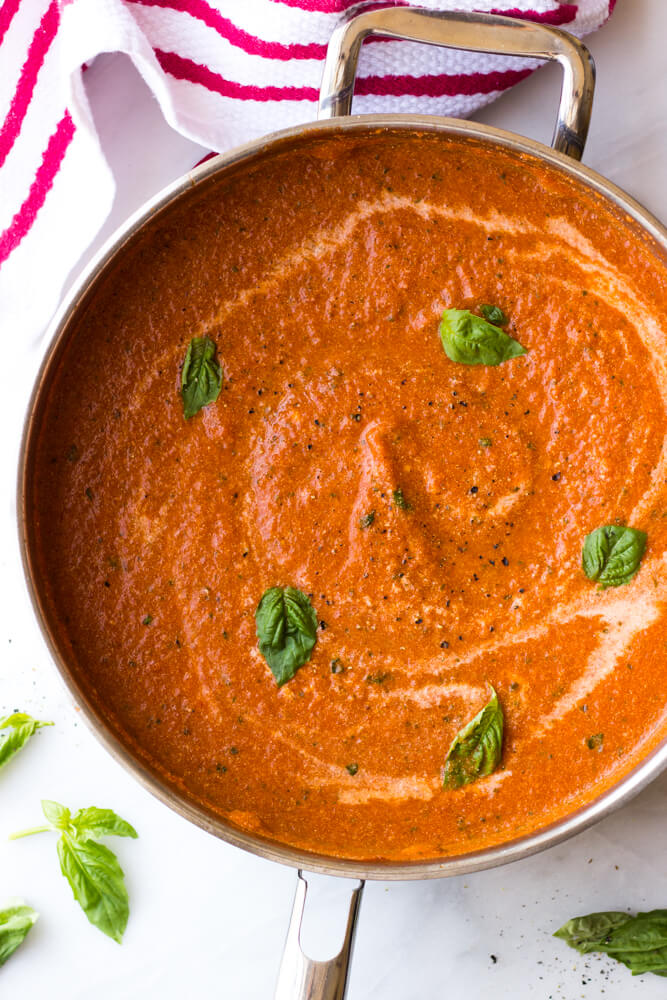
Vodka sauce is next on our list of different types of pasta sauce.
Italian Americans invented vodka sauce. It consists of a mixture of tomato sauce, cream, and vodka.
Vodka brings out flavors in the tomato that we might not otherwise taste.
But as the sauce simmers, the harshness of the vodka flavor will be undetectable (and no alcohol will be left).
If you want something other than a typical marinara but don’t want all the richness of an Alfredo, this creamy sauce is a perfect alternative.
8. Aglio e olio
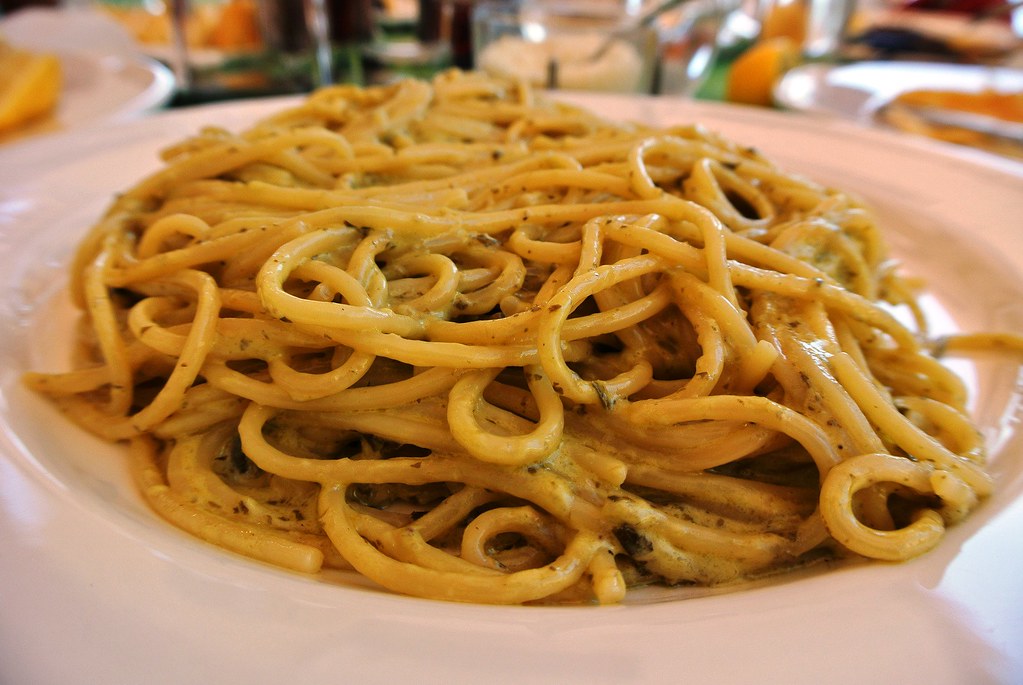
Another pasta sauce without tomatoes that is simple to make at home is aglio e olio.
You only need two ingredients and some pasta for this simple sauce.
Aglio e olio, which translates to “garlic and oil,” is a simple base you can complicate with parmesan and chile.
This is the greatest spaghetti sauce you can make with little time and resources if you have few ingredients at home. It’s straightforward yet amazing!
9. Amatriciana
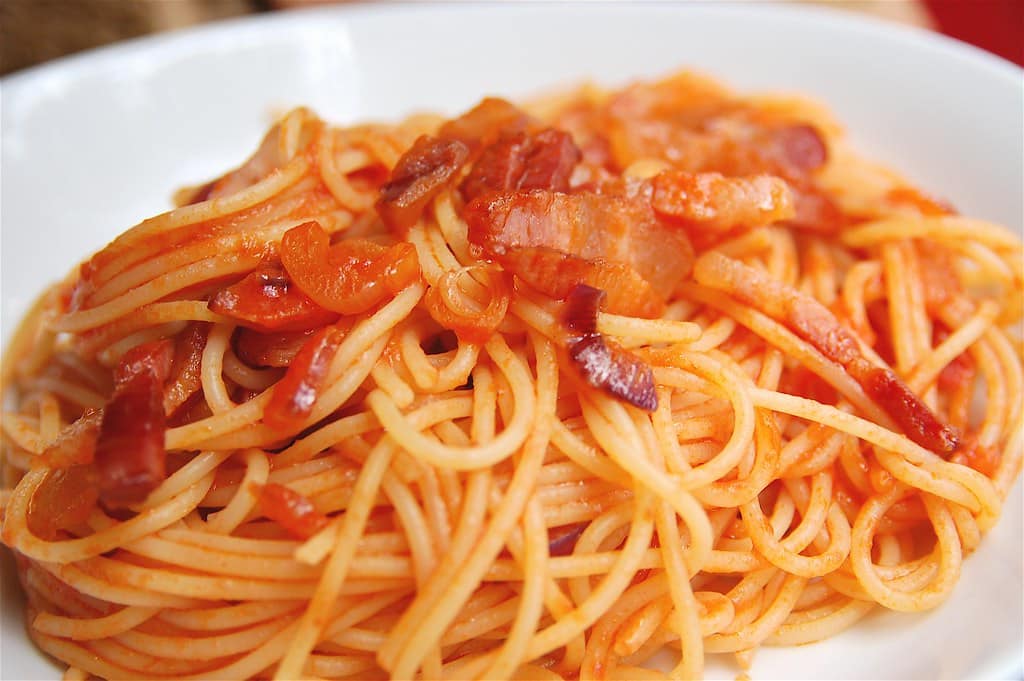
Amatriciana is next on our list of different types of pasta sauce. This sauce is one of the most well-known classic Italian pasta sauces that is frequently ignored.
In contrast, Alfredo and Bolognese’s sauces have non-Italian effects on their preparation and presentation.
When they traveled outside their hometown, shepherds from Amatrice would bring pecorino cheese, Guanciale (pork jowl), pasta flour, and an iron pan.
These ingredients were used to make a sauce known as amatriciana, named after where it originated.
While the red amatriciana that is so well-known today first appeared in the 18th century when they brought tomatoes and chilies to Italy from America, this variation is best known as white amatriciana.
10. Arrabbiata
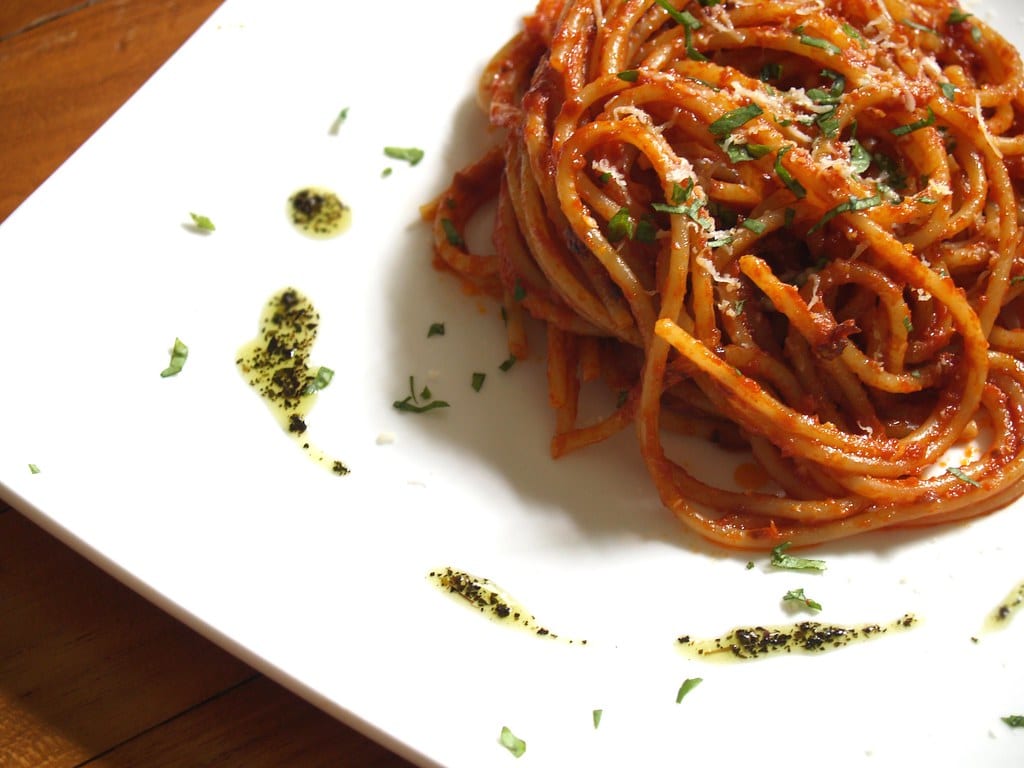
Red pepper flakes will replace crushed Calabrian peppers if you can’t access them.
This recipe’s name translates to “angry” in Italian, giving you a decent idea of how hot it can be.
You may make this simple pasta dish by tossing in some garlic, salt, and parsley and finishing it with grated Pecorino Romano.
Other versions of this sauce exist because it is so straightforward.
Penne rigate is the pasta shape with which this spicy sauce is most frequently served, but bucatini and spaghetti are also popular choices.
Arrabbiata doesn’t contain any fish or other types of protein, in contrast to fra diavolo.
After work on a weekday, you can easily prepare this delicious supper.
11. Sugo di Pomodoro
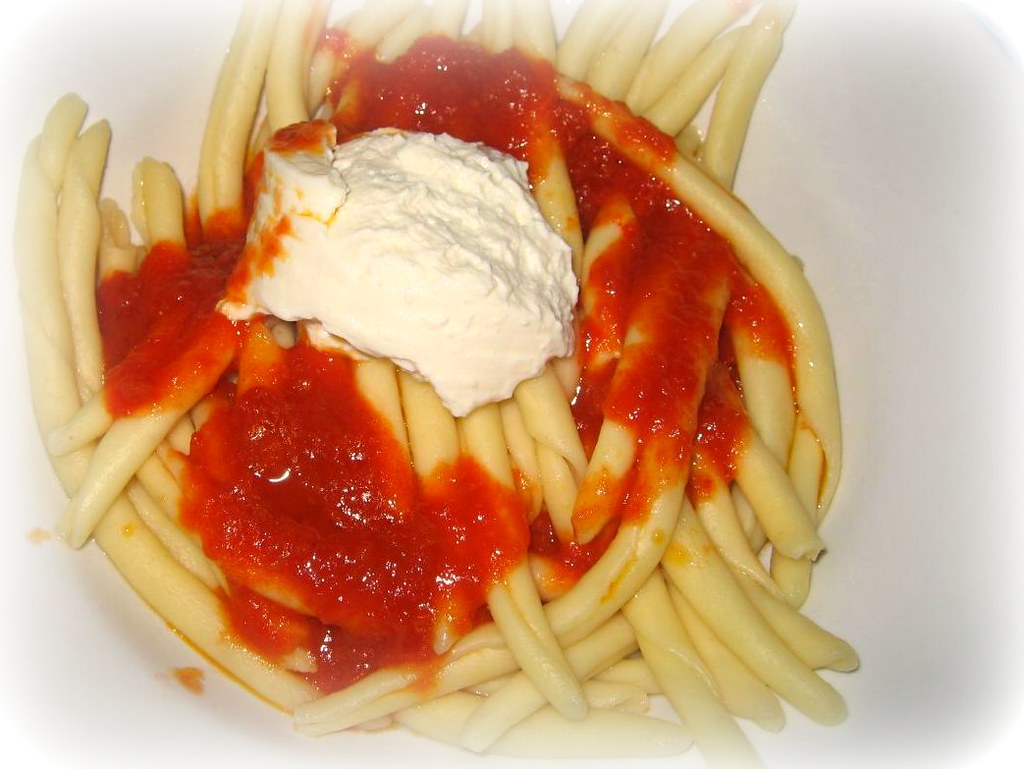
Sugo is next on our list of different types of pasta sauce. Yes, there is yet another red sauce with tomatoes to remember!
Italian’s translation of the word “sauce” is “sugo,” which precisely means a pureed tomato sauce.
Sugo and marinara differ because sugo starts with tomato sauce and produces a smoother sauce, whereas marinara starts with whole tomatoes and produces a chunkier sauce.
Use sugo over spaghetti, baked ziti, and other dishes the same way you would marinara sauce.
12. Funghi e Piselli

A less well-known Italian sauce, funghi e piselli, is surprisingly light and healthy.
To make this delicious sauce, you must sauté the ingredients in a skillet with garlic, onions, peas, and mushrooms.
Prepare your preferred short pasta simultaneously by cooking rigatoni or fusilli until they are al dente.
Pasta should be covered in the funghi e piselli sauce before finishing with a little parmesan.
You can make this dish from scratch, which will take up to 30 minutes to prepare. Perfect if you want a quick, wholesome meal.
13. Puttanesca
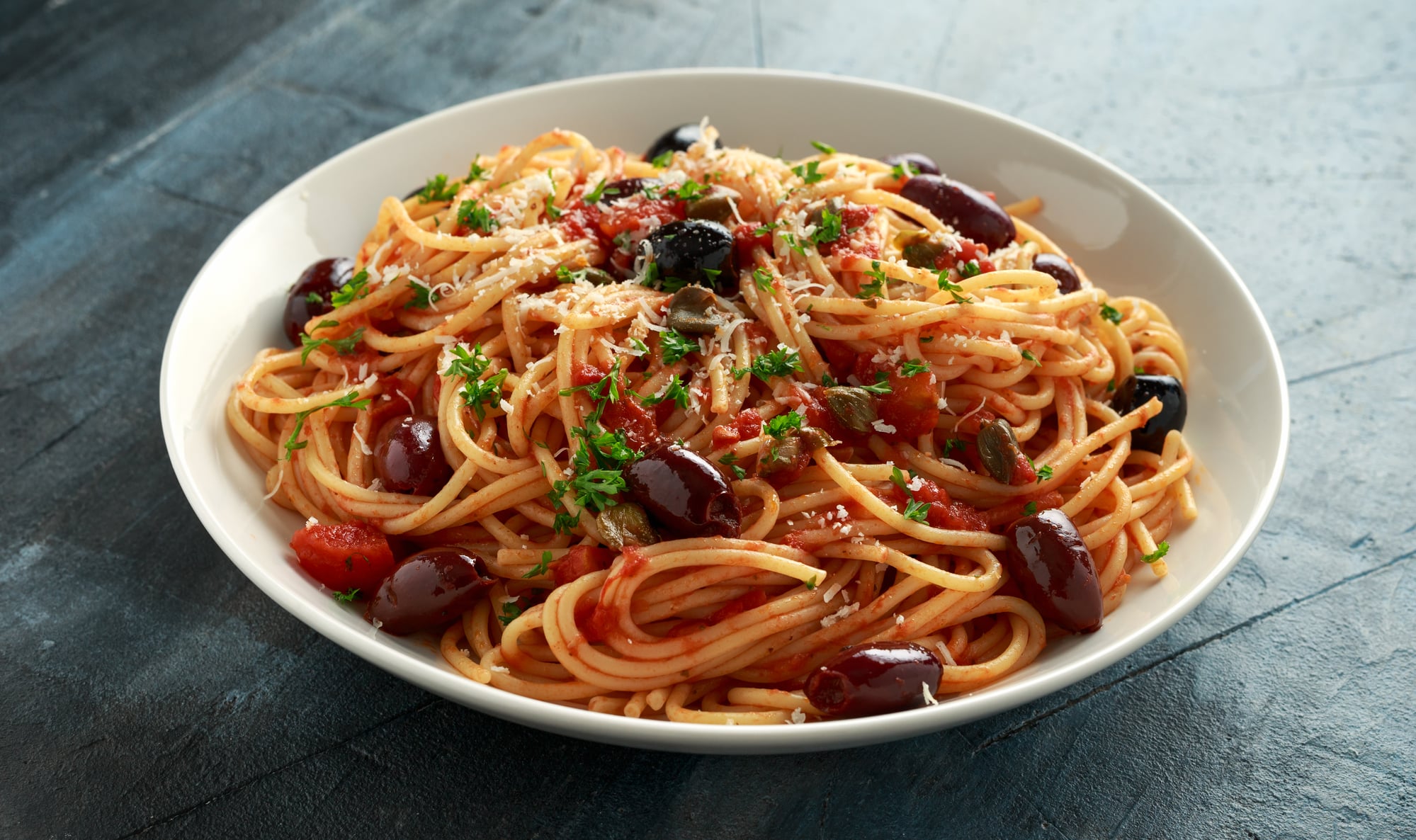
Puttanesca is next on our list of the different types of pasta sauce.
There are two varieties of puttanesca sauce, regardless of where they came from.
Tomatoes, black Gaeta olives, garlic, capers, oregano, and olive oil combine to make Naples’ version of puttanesca.
Rome follows the same recipe but prefers penne and spaghetti, including salted anchovies.
According to Slate, including anchovies and olives in puttanesca gives the dish an umami, spicy, and sweet flavor.
14. Clam Sauce

Next on our list of different types of pasta sauce is Clam Sauce.
Clam sauce is a traditional Italian red sauce with clams added.
This difference gives a basic sauce more taste and saltiness. Serve your preferred pasta with this sauce to fully enjoy its flavor.
Although it’s tasty all year round, a Feast of the Seven Fishes would be a great time to serve it.
15. Scarpariello Sauce
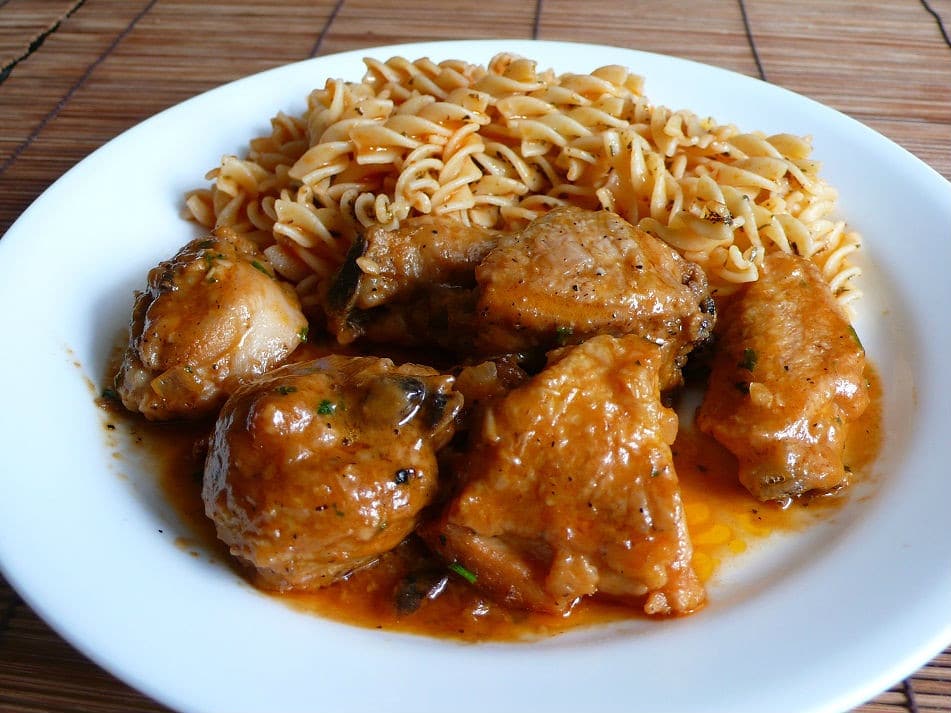
According to Giallo Aferano, the sauce’s name is derived from the Italian word for shoemakers, scarpari.
There are several myths about the creation of pasta sauce, partly because of its unusual name.
According to some accounts, the Italian shoemakers in Naples’ Quartieri Spagnoli neighborhood created Scarpariello when paid with groceries.
They prepared the shoemaker’s sauce with any leftover tomato sauce, cheese, and basil.
The sauce is thickened by adding a lot of cheese to make the leftover filling.
The recipe has changed over time, resulting in variations like adding yellow tomatoes and rich lard or scialatielli pasta for a well-liked version in particular areas of the Campania region.
16. Colatura di alici
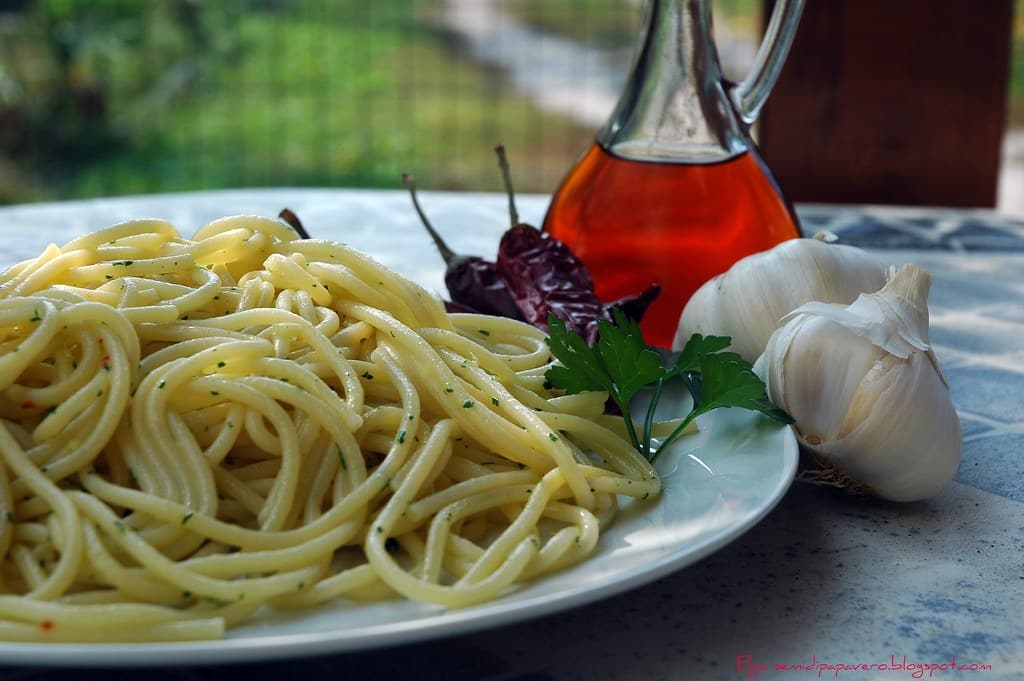
Colatura di alici is anchovy juice made in Cetara, an Italian village on the renowned Amalfi Coast.
It is a centuries-old process that involves salt-curing, maturing, and pressing anchovies.
By the year’s end, the liquid is ready because the fish collected in the spring and summer can age for several months.
Due to the timing, serving spaghetti with colatura di alici at Christmas has become a custom in the area.
This umami-rich fish sauce from Italy gives traditional pasta dishes like aglio e olio a seafood touch.
Some individuals include breadcrumbs in their recipes, while others juice and zest some Amalfi lemons to provide a zesty seaside flavor.
17. Salsa di noci
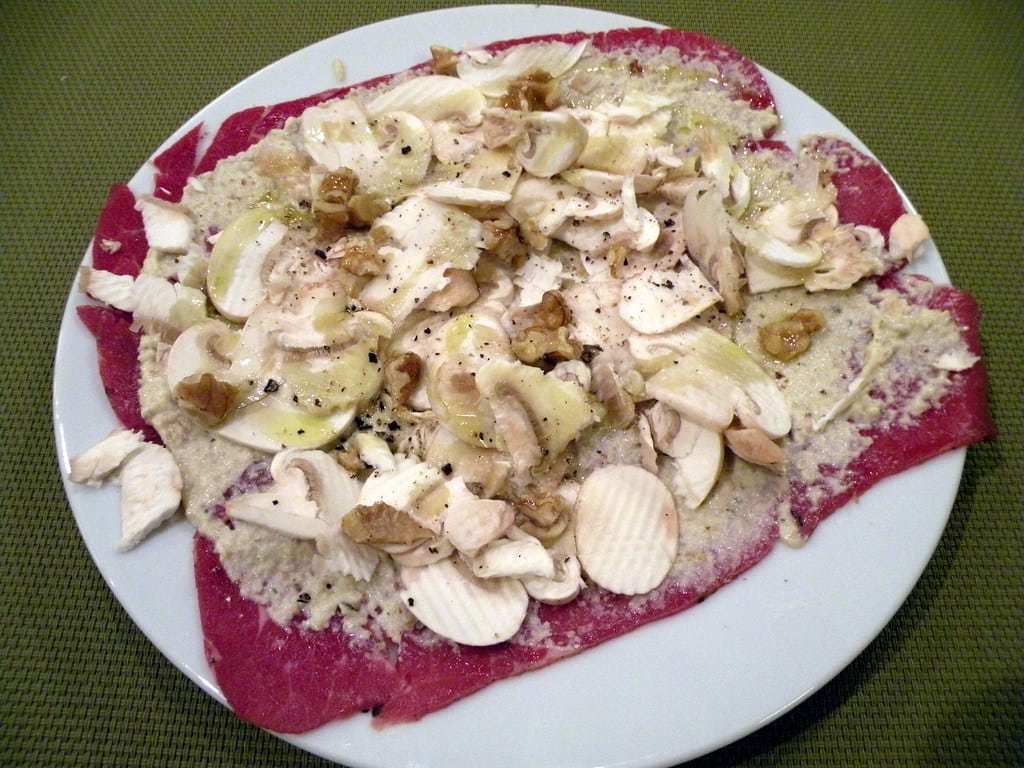
Salsa di noci is next on our list of different types of pasta sauce.
Along with its brilliant green pesto, the northwest Italian region of Liguria is renowned for its salsa di noci, also known as walnut sauce or trofie con salsa di noci alla Genovese.
Using a mortar and pestle, pasta sauces like pesto and salsa di noci don’t require cooking or heating.
Salsa di noci, on the other hand, calls for entirely new ingredients.
The sauce also calls for milk, white bread, walnuts, parmesan, garlic, and olive oil. To thicken the sauce, add bread and make it creamier with milk and olive oil.
It’s also typical to use fresh walnuts instead of dried ones when making the sauce.
Some people even prepare their salsa di noci by cooking walnuts in their shells for a short period to reduce the nuts’ bitterness and increase their sweetness.
18. Nero di Seppia
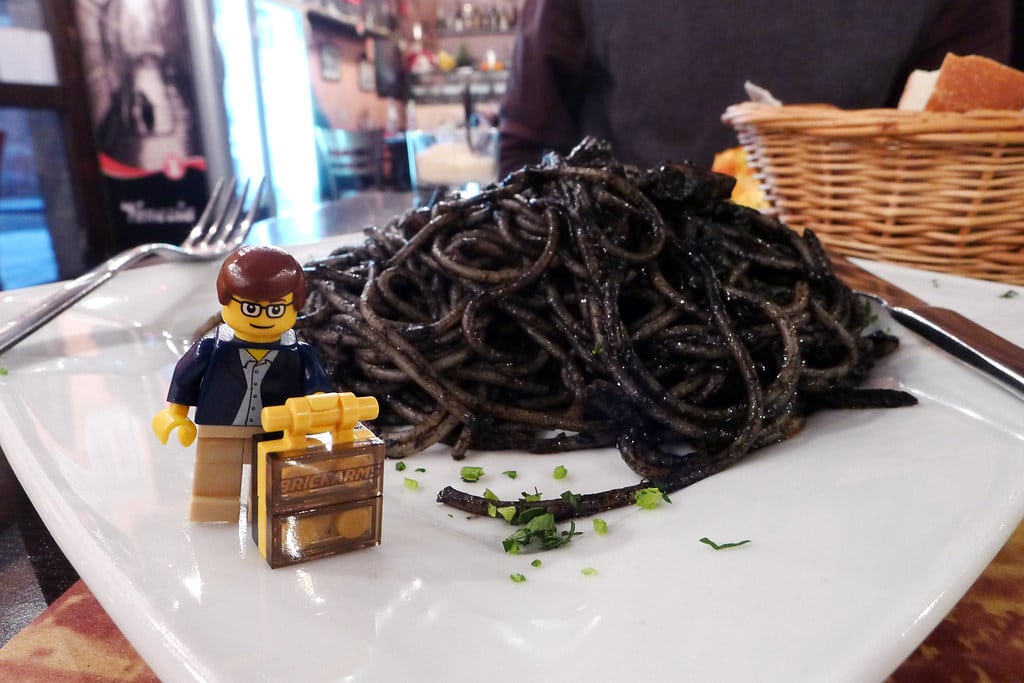
Did you know there was a dish called black pasta? Italian cuisine employs nero di seppia (squid or cuttlefish ink) in several distinct ways.
Sometimes, it is used to make pasta dough, usually spaghetti. You can also eat it by combining the ink with a tomato-based sauce.
The ingredient gives seafood enthusiasts’ favorite pasta dishes a salty, umami flavor.
The genuine squid is served alongside nero di seppia sauce to taste the flavor on numerous levels and through different textures.
The Nero di seppia sauce recipe also calls for white wine, squid, garlic, olive oil, a parsley garnish, and tomato.
19. Butter and Sage
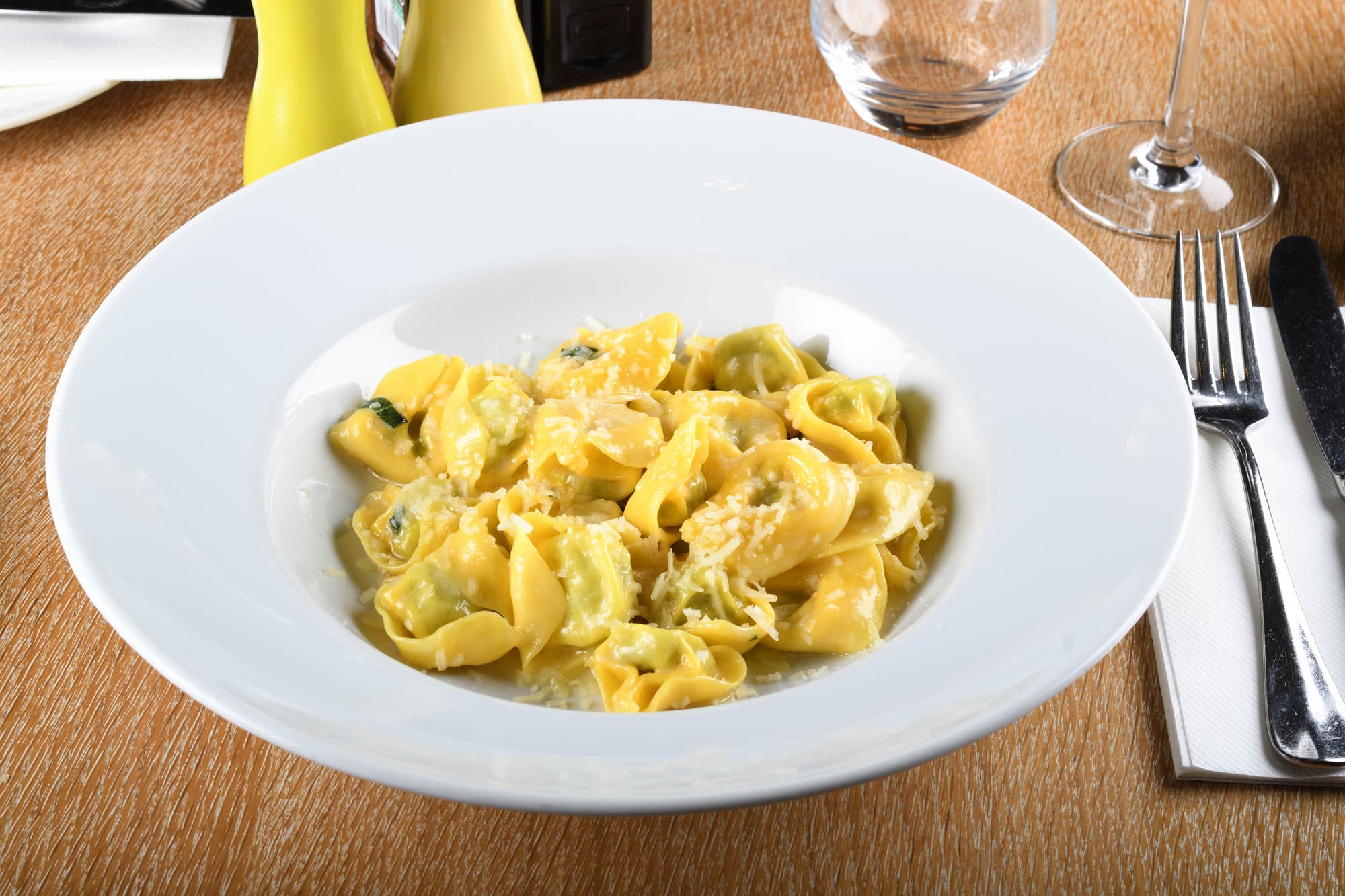
Lastly, on our list of different types of pasta sauce is Butter and Sage.
Another easy recipe that delights your taste buds is butter and sage sauce.
Butter develops a nutty flavor when caramelized in a pan. The delightful mixture is especially pleasant in winter with a fresh herb like sage.
The preferred sauce for agnolotti del plin, a typical stuffed pasta dish from Piedmont, Italy, is butter and sage.
These tiny ravioli are filled with cheese, ground meat, and vegetables, and then pinched to create their pocket shape.




